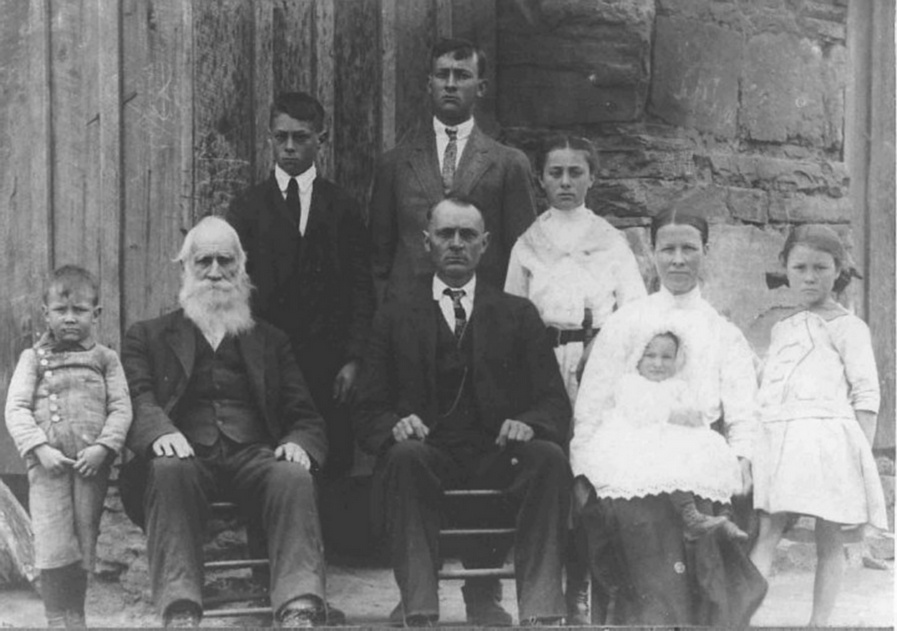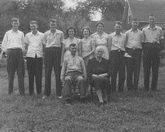|
|
|
Disclaimer : Transylvania County NC GenWeb Project provides links to other internet sites for the convenience of users. We are not responsible for the availability or content of these external sites, nor do we endorse, warrant, or guarantee the products, services, or information described or offered at these other internet sites. It is the responsibility of the user to examine the copyright and licensing restrictions of linked pages and to secure all necessary permissions. We do not warrant or assume any legal liability or responsibility for the accuracy, completeness, or usefulness of any information disclosed.
Please click here to see complete legal statement for this web site.
All website original or licensed material is copyrighted © by Linda Hoxit Raxter and Linda Owen Anders, all rights reserved.
eMail address: transylvaniagenealogy@gmail.comLinda Owen Anders - County Coordinator and representative to state and national projects.
Site created with XSite Pro by and maintained by Anders Consulting. Updated 02/16/2025






